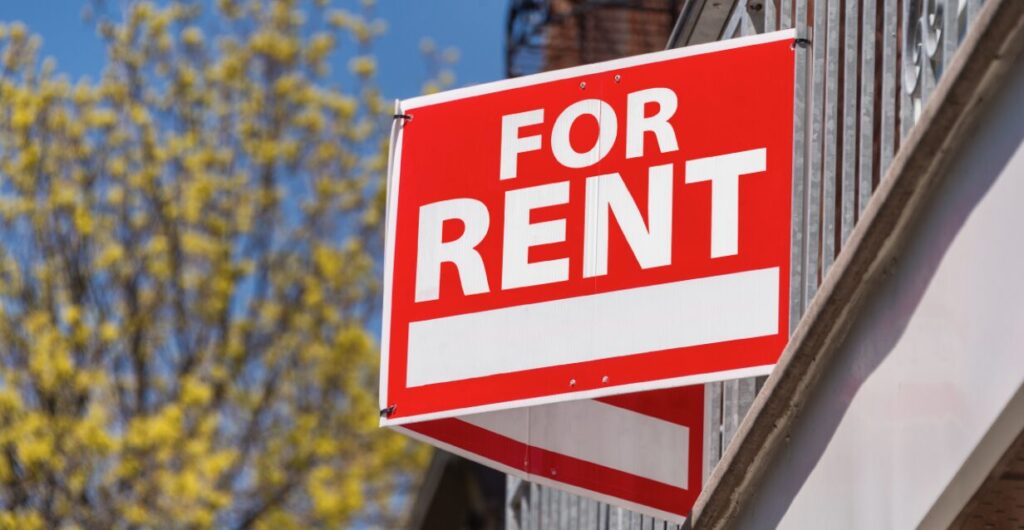The seasons influence the rental cycle, which could be the difference between your property being promptly rented out or sitting empty for weeks. Knowing how to handle, comprehend, and adjust to seasonal demand is one of the best methods any landlord can use to increase rental income and reduce vacancy times. The demand for rentals frequently varies with the season, particularly in popular tourist destinations or with a sizable student population. Here are some vital tips for modifying your rental approach to maintain year-round demand for your property.
How Rental Demand Changes Through Seasons
Seasonal variations in rental demand can affect both investors and property owners. Generally, demand peaks in the spring and summer. Moving is made more accessible by the longer days and warmer temperatures, and families prefer to move before the start of the school year. Around this time, college students and recent graduates begin searching for new apartments, which increases competition. Since many people are eager to find a place, this season frequently means faster turnaround times and possibly higher rental rates for landlords.
Demand slightly declines in autumn. After the summer, most people are usually settled down, and families start thinking about the upcoming school year. Renters are still moving in large numbers, though, especially young professionals who are looking for work. The slowest rental season is typically winter. Property owners may need to provide discounts or flexible lease terms to fill vacancies because it is less desirable to move in cold weather, incredibly close to the holidays. Tenants may want to use this opportunity to bargain for a lower rent. Work with a proactive Baltimore rental property manager to prepare for the off-season and market your properties effectively.
Both landlords and tenants can make wise decisions by being aware of these seasonal patterns. Finding or renting out a property can be significantly impacted by understanding the seasonal rhythms of the market, whether it is through timing a move to obtain the best deal or modifying lease terms to match demand.
3 Strategies to Maximize Occupancy
- Dynamic Pricing
Dynamic pricing is a clever way to reduce empty units and maintain high occupancy. Similar to how airlines and hotels set their rates, this approach adjusts rental rates according to demand, the time of year, and local market trends. Knowing the rental market’s supply and demand allows landlords to strategize how to reduce vacancy. During slower months, a small rate decrease can draw in bargain-hunting renters, while in high-demand times like the summer, rates can be slightly raised to maximize income.
Higher prices can balance demand when units are filling up quickly, while lower rates during slow periods help prevent a decline in occupancy. A dynamic pricing model for property owners results in fewer days of unoccupied space and a more steady cash flow, which is a win-win for you and your tenants.
- Seasonal Rate Adjustments
Rent rates should be adjusted to reflect seasonal demand if you want to maximize occupancy all year long. During spring and summer, moving is quite common with families, students, and job seekers. You may take advantage of this situation by raising rental prices slightly due to high demand. Doing this can reduce vacancies quickly without compromising the value of the property.
Offering seasonal discounts or flexible lease terms can draw tenants during the slower winter. Short-term leases or lower move-in costs are incentives that can work well. Property owners can prevent lengthy vacancies, retain tenants, and maintain consistent cash flow by adjusting rates to reflect seasonal demand.
- Offer Incentives During Off-Season
Maximizing occupancy frequently requires creativity and flexibility, particularly during the slower off-season. Offering targeted incentives is one efficient way to increase the appeal of rentals. One example to consider is to provide a discounted security deposit for a month to attract tenants.
Rent reductions for the first month or a move-in discount can draw in budget-conscious renters who might otherwise wait until the busiest time of year. Simple incentives can help you maintain a steady cash flow and lower vacancies.
Another effective method is to offer flexible lease terms. Tenants who are still undecided about making a long-term rent commitment can be drawn in by shorter leases or options that expire during the busiest rental months. Discuss and emphasize the value-added amenities that may include free parking, high-speed internet, or even gym memberships. These extra amenities can make your properties stand out by providing better value and services to your prospective tenants.
The last option landlords should consider is to offer referral bonuses to existing tenants. Word-of-mouth is powerful; a little incentive can encourage your tenants to spread the word. This way, you can keep occupancy high even in the off-season.
Final Thought
Property owners need to understand and adjust to seasonal variations in rental demand to maximize occupancy and sustain consistent income. Understanding the trends in high and low demand will help you put strategies like dynamic pricing, seasonal rate changes, and appealing off-season incentives into practice. These strategies can help improve tenant satisfaction while also assisting you in more effectively filling vacancies.
Being a proactive and flexible landlord can significantly impact your investment by offering flexible terms or discounts during slower months. This way, the monthly rental income can still flow consistently throughout the seasons and changes in demand.
Ep 011 – How to Manage Rental and Vacation Homes








